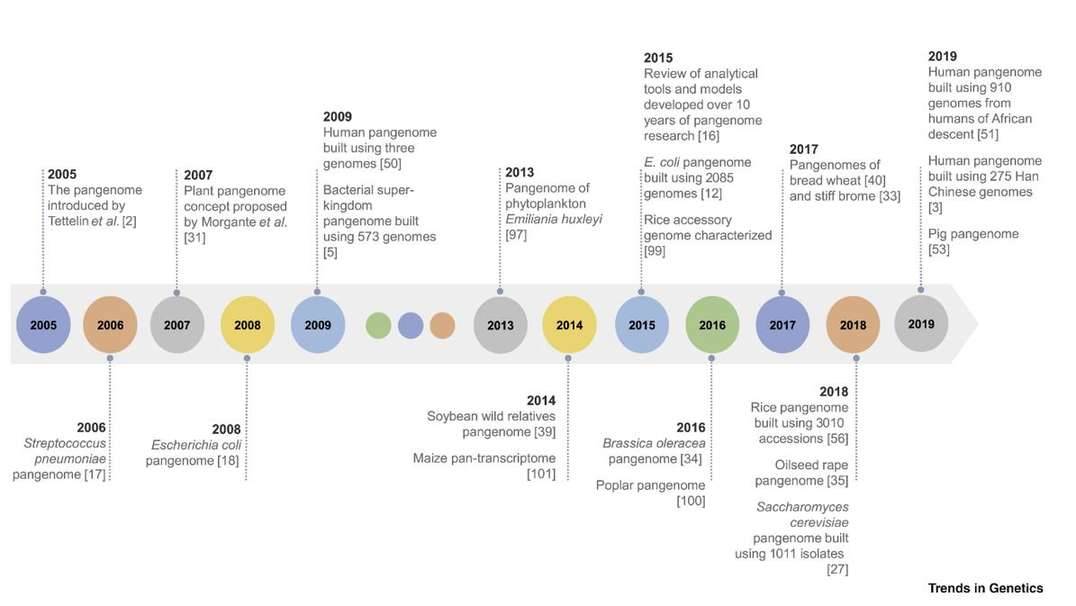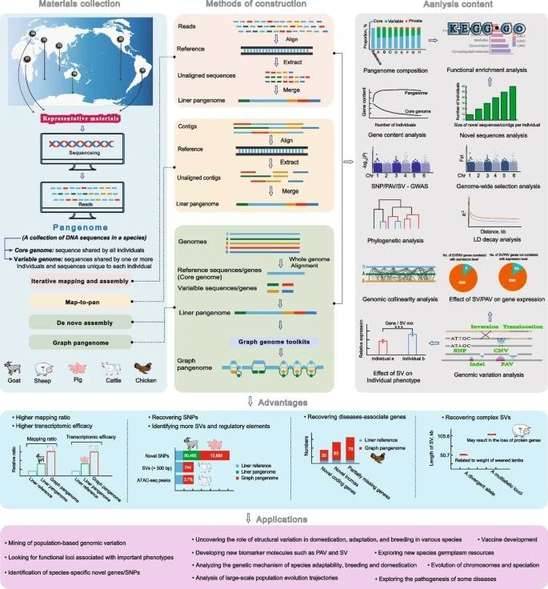We use cookies to understand how you use our site and to improve the overall user experience. This includes personalizing content and advertising. Read our Privacy Policy
Navigation
- Home
- Sequencing
- Genomics Sequencing
- Complete Phage and Plasmid Sequencing
- Mitochondrial DNA (mtDNA) Sequencing
- Viral Genome Sequencing
- Whole Genome Sequencing
- Whole Exome Sequencing
- Targeted Region Sequencing
- Amplicon Sequencing Services
- Chloroplast DNA (cpDNA) Sequencing
- TCR & BCR Sequencing
- Human Mitochondrial DNA (mtDNA) Sequencing
- Gene Panel Sequencing Service
- Animal/Plant Exome Sequencing Service
- Human/Mouse Whole Exome Sequencing
- Plant/Animal Whole Genome de novo Sequencing
- Transcriptomics
- Bacterial RNA Sequencing
- RNA-Seq
- Small RNA Sequencing
- CircRNA Sequencing
- Ribosome Profiling (Ribo-seq)
- Total RNA Sequencing
- Degradome Sequencing
- Exosomal RNA Sequencing
- Ultra Low RNA Sequencing
- Dual RNA-seq
- Poly(A) Sequencing
- Polysome Sequencing
- tRNA Sequencing Service
- IVT mRNA Sequencing
- Cappable-seq
- Epigenomics
- Targeted Bisulfite Sequencing
- EM-seq Service
- Reduced Representation Bisulfite Sequencing
- Whole Genome Bisulfite Sequencing (WGBS)
- MeDIP‑Seq / hMeDIP‑Seq
- ChIP-Seq
- MeRIP Sequencing (m6A Analysis)
- RIP-Seq
- ATAC-Seq
- DAP-Seq Service (DNA affinity purification sequencing)
- 5mC/5hmC Sequencing
- oxBS-seq
- Nanopore RNA Methylation Sequencing Service
- 2'-O-RNA Methylation Sequencing Service
- Precise CLIP-seq Services
- CUT&Tag Sequencing Service
- PacBio SMRT Sequencing
- Nanopore Sequencing
- Microbiome
- Genome Editing & Sequencing
- Other Services
- Antibody Screening Sequencing (Phage Display Library Screening)
- Sanger Sequencing
- Pre-made Library Sequencing
- Lentiviral/Retroviral Integration Sites Analysis
- AAV Genome Sequencing
- AAV (Adeno-Associated Virus) Integration Site Analysis
- 10x Spatial Transcriptome Sequencing Service
- HLA Typing
- Drug-seq Service
- DNA Barcoding Services
- Drug Repurposing Service
- Organoids Sequencing Service
- Multi-Omics Service
- Genomics Sequencing
- Genotyping
- Population Genetics
- Bioinformatics
- Microarray
- Applications
- Company
- Get Your Instant Quote


 Sample Submission Guidelines
Sample Submission Guidelines
 Pangenomics comes of age: from bacteria to plant and animal applications. (Golicz et al., 2020)
Pangenomics comes of age: from bacteria to plant and animal applications. (Golicz et al., 2020) An overview of the construction methods, study areas, benefits, and applications of pangenome. (Gong et al., 2023)
An overview of the construction methods, study areas, benefits, and applications of pangenome. (Gong et al., 2023)